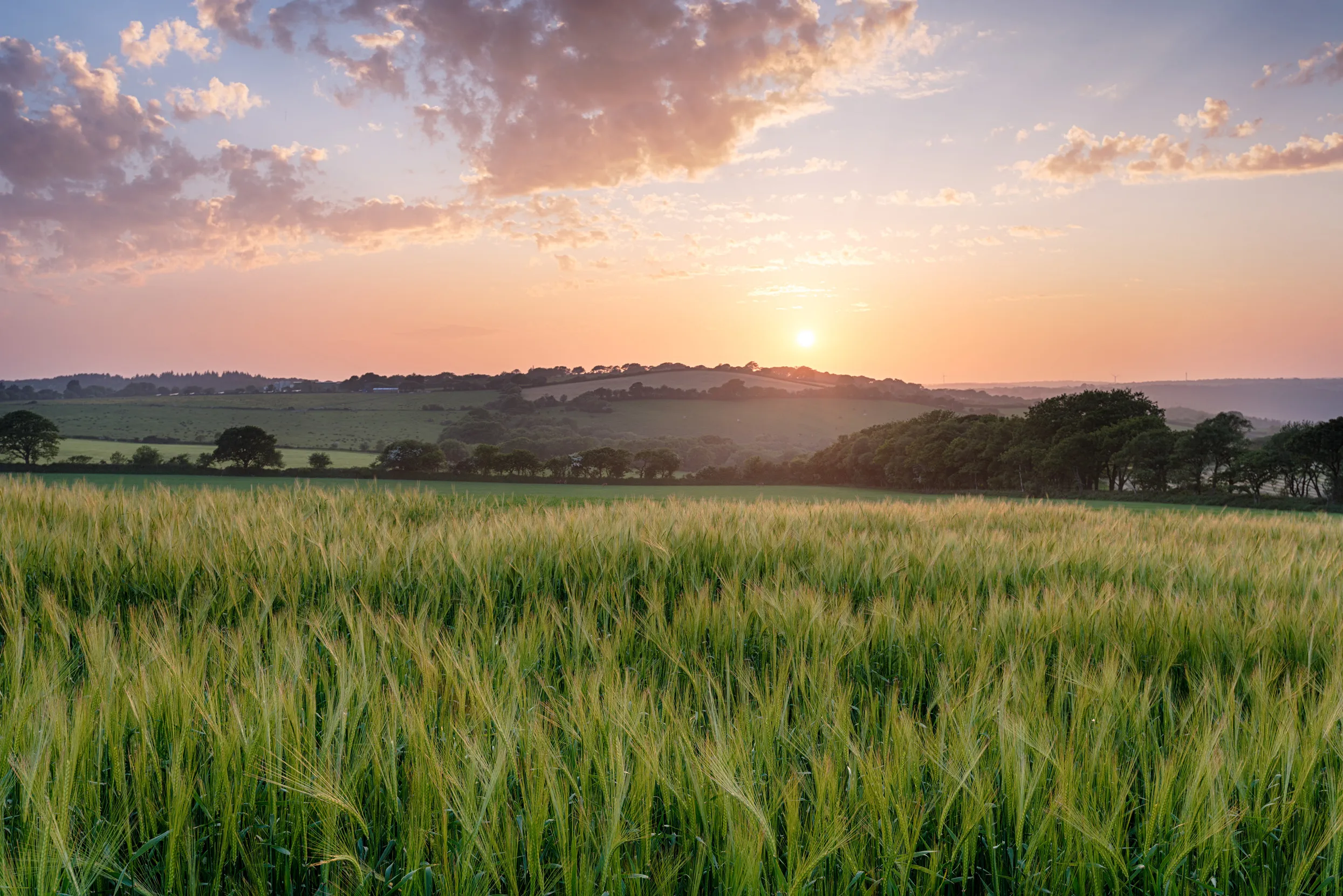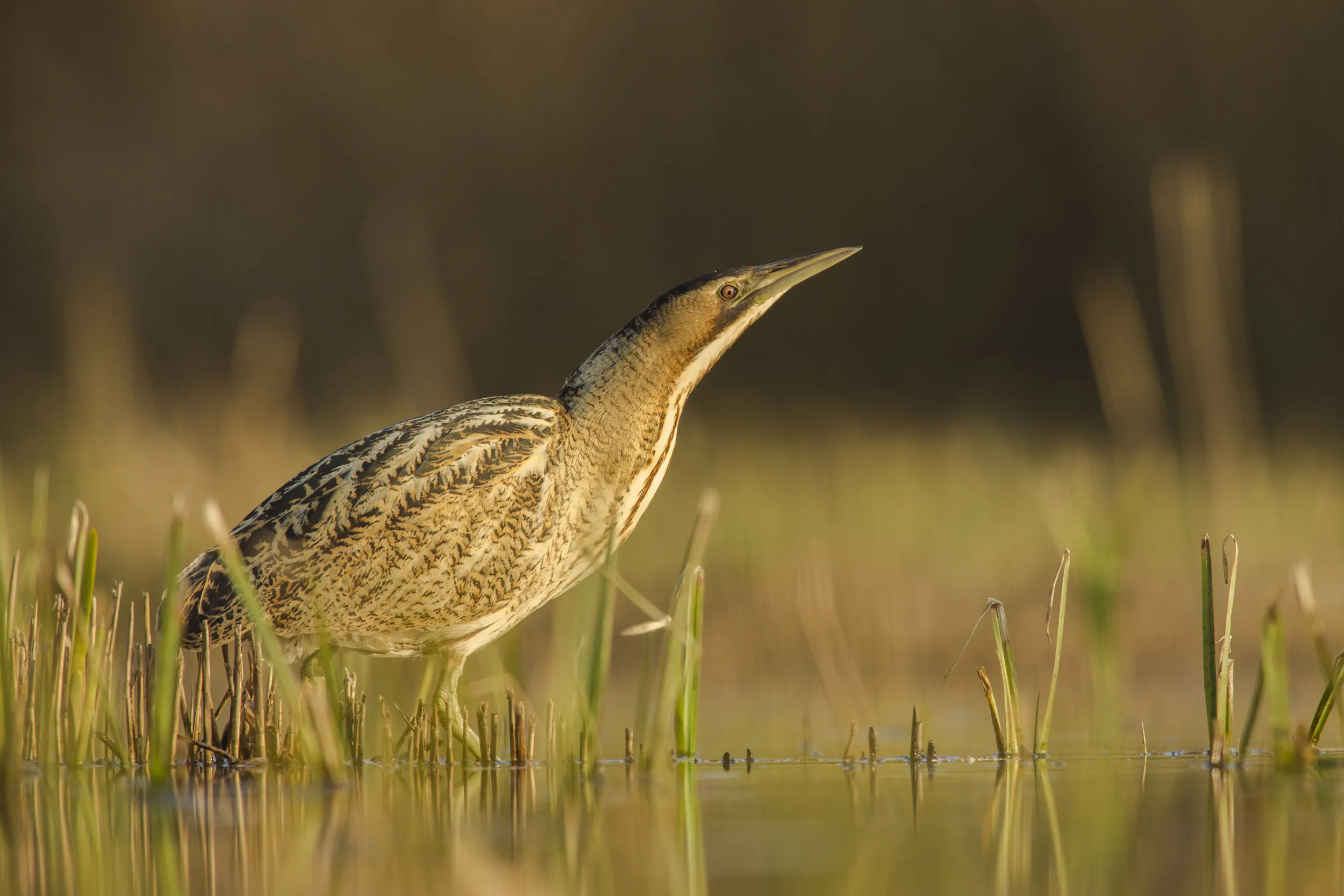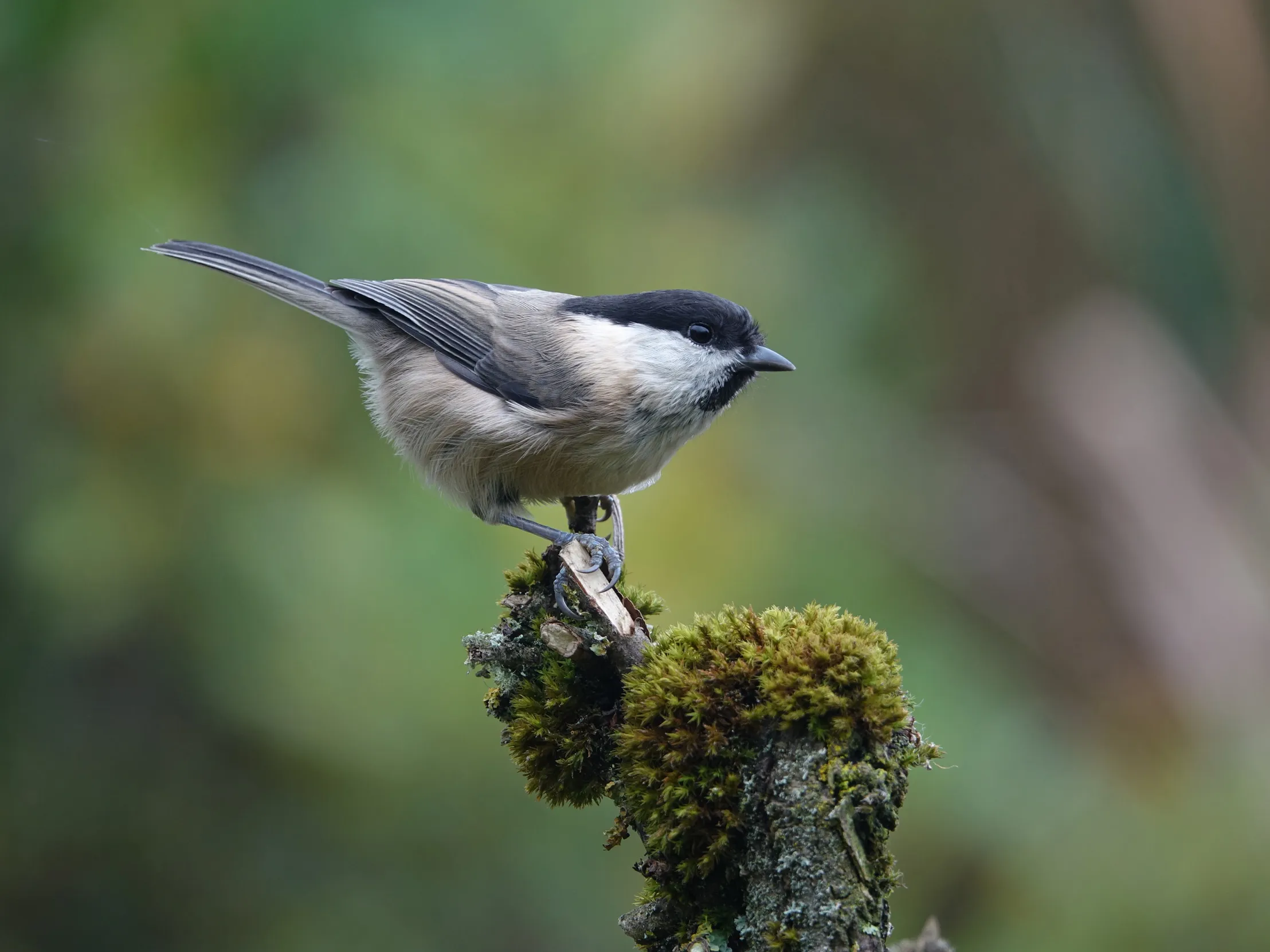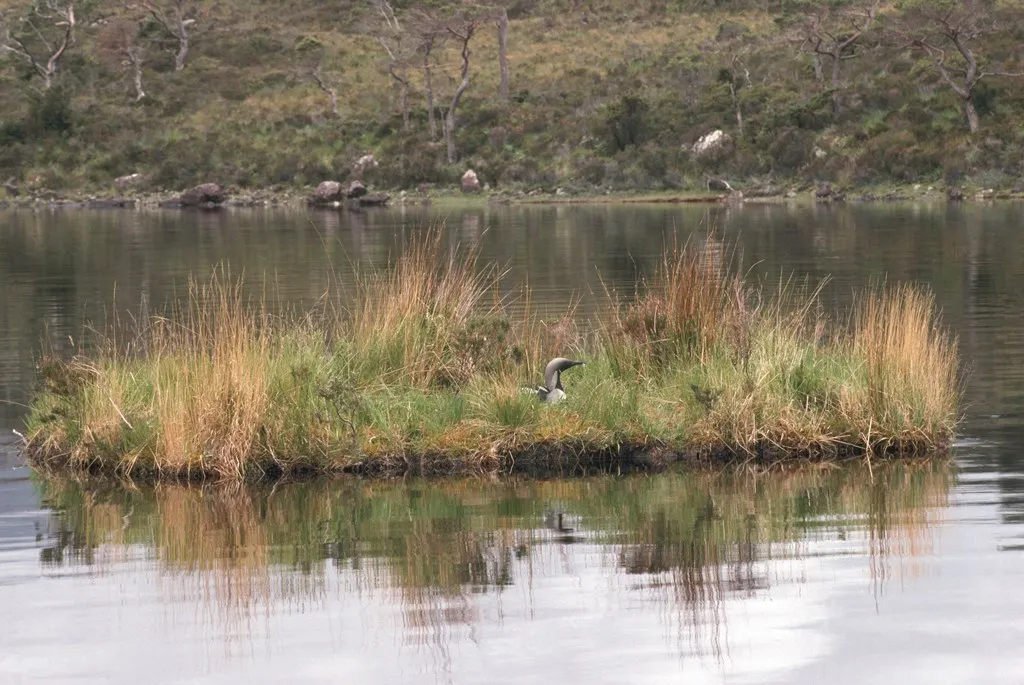Conservation land management
Habitat loss is one of the main factors behind declines in wildlife. After all, just like us, wildlife needs food and shelter to survive. Find out how better land management for nature can reap rewards for wildlife and bring back threatened species.

On this page
How land management can help wildlife
The way we manage land has a huge impact on nature and sadly our recent history is one of steep declines. Industrialisation, intensive farming practices and growing cities, towns and transport networks have all pushed wildlife into smaller pockets.
But there are many reasons to be hopeful and, through better management of land for nature, it’s possible to create more habitat for wildlife and bring species back from the brink of extinction.
Bitterns are one wetland bird that has benefited from better reedbed management, bouncing back from a low of only 11 males in 1997 to 228 in 2023.
The RSPB can offer specialist advice on land management for nature and we also work in partnership with other conservation organisations, farmers, landowners, businesses and others to make a positive impact for nature.
Below we outline some key land management techniques, as well as our business conservation partnerships where we’re working to better manage land for nature.

Heathland management
Lowland heath is an incredibly important habitat for specialist species including birds such as Nightjars and Dartford Warblers, and reptiles such as Sand Lizards. But the lowland heath that survives today is a small fraction of what existed 100 years ago and is very fragmented.
This puts immense pressure on the wildlife that relies on it. These isolated areas are also vulnerable to fires, the risk of which is increasing with climate change.
Mapping the potential
The RSPB has developed a tool for heathland conservation by mapping the extent of all the lowland heathland in England and its expansion potential. These Heathland Extent and Potential maps are free for download and can be used to review the location of future development and help target financial and grant support for habitat restoration.
Wet scrub management
Wet scrub can be found across a range of damp soils, such as around the edges of rivers and streams. It’s an important part of both wetland and woodland habits, and home to birds such as Willow Tits and Cetti’s, Grasshopper and Marsh Warblers, as well as a range of invertebrates, mosses, lichens and fungi. But to prevent its natural development into woodland, wet scrub needs to be managed.

Maintaining and restoring scrub
Wet scrub benefits from rotational management to create a diverse mosaic of young and old growth. Management can be through grazing (by cattle or ponies) or cutting, or a combination of the two. Where necessary scrub can be removed with a digger, and this should take place in late autumn and winter.
Managing scrub on chalk and limestone grassland
Scrub is an important component of chalk and limestone grassland. It can contain a variety of shrubs, including increasingly rare Juniper.
However, it needs management to keep it in good condition for wildlife, and to ensure it does not spread into areas where it’s not wanted. It’s important that the scrub includes a range of plant species at different ages, as these provide different habitats, benefiting more wildlife and increasing biodiversity.
Management techniques
Scrub benefits from rotational management and encouraging scrub to ‘move’ around a site will ensure age and structural diversity.
Cutting can maintain or restore scrub stands or clear unwanted scrub, and should be done between early September and the end of February to avoid the bird breeding season.
Grazing is also an important management technique and both cattle and ponies can break up blocks of scrub by trampling and browsing.
Artificial islands and nesting rafts
Wetland habitats can be improved by the construction of artificial islands as these provide habitat for birds, safe from land-based predators – we manage more than 300 such islands across our wetland nature reserves. Nesting rafts can also help birds, particularly in areas of deep or fluctuating water levels.

Artificial islands
Islands provide nesting, roosting and loafing (rest) sites for a wide range of wetland and other birds, and many will choose them over mainland locations.
Naturally, different species will benefit from an island depending on the habitat and location. For example, Avocets and Little Terns prefer sparsely vegetated islands and are mainly found in the south, while Red-throated Divers, Goosanders and Red-breasted Mergansers choose tall and dense vegetation and are found mainly in the north.
Nesting rafts
Rafts are a useful way of providing nesting habitat in areas of deep or fluctuating water levels. They can improve breeding success by providing areas safe from flooding, disturbance or predation. Plus, they can also be used as resting places during the winter.
There are a variety of raft designs and constructions. A standard design is a 3m square raft made of timber and using polystyrene for buoyancy, but more specialist welded rafts can also be made. Factors to consider when determining the type of raft include, location, fluctuations in water level, how the birds may access the raft and the level of shelter from potential predators.
Business conservation partnerships
We work with corporate partners to help create more nature-rich landscapes. These are important collaborations in different business sectors, where working together has a real and substantial impact for wildlife, as well as for people's wellbeing. We also help our partners to deliver on their sustainability goals.
idverde
We’re working with landscape management specialist, idverde, in five locations: Bromley, Telford, Charnwood, Queen Elizabeth Olympic Park and Northampton. The partnership promotes the benefits of nature-rich environments through community engagement, stakeholder empowerment and land management strategies with idverde’s client local authorities.
The R&A
The R&A oversees the game of golf globally, with over 3,000 golf courses in the UK occupying around 126,000 hectares. This partnership is an exciting opportunity to influence the management of a large area of green space, well placed to help wildlife and improve connectivity between existing habitats.
Barratt Homes
Since 2014, we have been working with Barratt Developments PLC to make new housing developments better for nature. Our work includes creating landscaping and gardening guides, providing landscape design advice and accrediting wildlife-friendly show homes and gardens. We have also created an innovative Swift nesting brick, together with specialist partners, and these are being fitted across the UK.
Cemex UK
Cemex UK is one of the country’s leading quarrying and concrete products businesses. We began our partnership with Cemex UK in 2009 to help improve outcomes for nature, particularly through restoring quarries at the end of their life, and in 2017 we passed 1,000 hectares of habitats restored.
Lightrock Power
Lightrock Power develop their solar-power projects in partnership with the RSPB to ensure a positive outcome for nature and to integrate best practice into the management of their sites. Their new solar developments are being designed to meet the RSPB’s Fair to Nature Standard. This is a first for the industry and aims to increase biodiversity.
Nature After Minerals
Nature After Minerals is a partnership programme, led by the RSPB and supported by Natural England, the Mineral Products Association and the British Aggregates Association. We work with mineral planning authorities, quarry companies, statutory bodies, conservation organisations and local communities, to provide priority habitats, boost wildlife populations, and provide places rich in nature for people to enjoy.